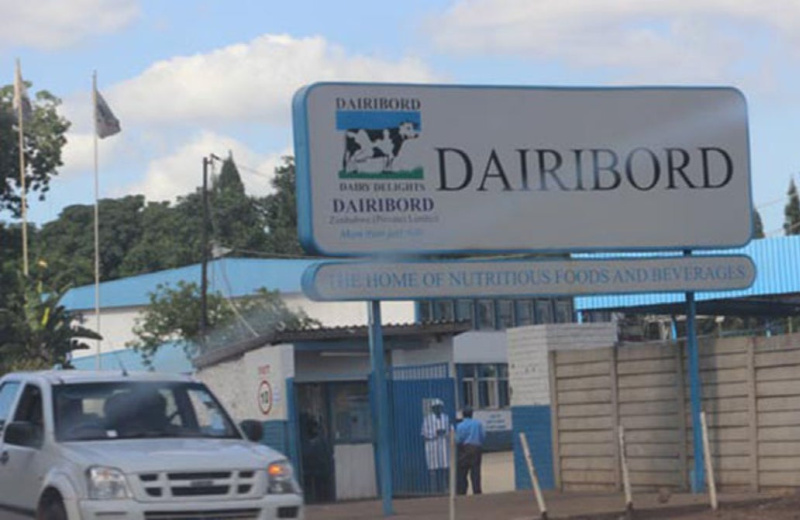Zimbabwe makes significant contribution to SADC plant genetic centre
ZIMBABWE has made a significant contribution to the Southern African Development Community (SADC) Plant Genetic Resources Centre (SPGRC) by duplicating 732 indigenous seed samples for long-term storage a development that helps safeguard regional and global food security, enhancing agricultural resilience, and ensuring the preservation of biodiversity for future generations.
Seed banks are facilities that assist farmers, communities, and households affected by climate change in accessing locally adapted crop varieties.
They also promote the enhancement of indigenous knowledge and skills in plant management, including seed selection and distribution.
The SPGRC is a specialised unit of the SADC Secretariat responsible for coordinating the conservation and sustainable utilisation of plant genetic resources for food and agriculture among the SADC member states.
It is also home to the SADC regional gene bank, which holds more than 19 500 seed accessions of 145 species of crops forming the core source of food and nutrition for the people of Southern Africa.
SADC, therefore, provides insurance against disastrous loss of crop diversity in the SADC region. This safety duplication strategy, established by SADC member states, is fundamental for protecting plant genetic resources from unforeseen risks, safeguarding regional and global food security, enhancing agricultural resilience, and ensuring the preservation of biodiversity for future generations.
“We are excited to report that Zimbabwe has duplicated 732 of their indigenous seed samples to the SADC Plant Genetic Resources Centre (SPGRC) for long-term storage,” reads part of the statement from the regional bloc.
Recently, an animal Gene Bank Laboratory was established at the Matopos Research Institute near Bulawayo to aid the preservation and conservation of indigenous breeds through artificial insemination.
Matopos Research Institute already operates a regional crop Gene Bank, which serves as a bio-reservoir for sorghum, pearl millet, chickpea, pigeon pea, groundnut and finger millet, which are best suited for semi-arid cropping regions in Southern Africa.
The Gene Bank is expected to provide for the harvesting of around 1 500 to 3 000 semen straws per bull per season for artificial insemination. Under natural mating, a bull can only service around 25 to 30 animals per season.
Recognition of the importance of conserving plant genetic resources in Southern Africa led to establishment of the SADC Plant Genetic Resource Centre in 1989.
The Plant Genetic Resource Centre, which falls under the Food, Agriculture and Natural Resources (FANR) Directorate, works in coordination with plant genetics centres in each of the member states to conserve and preserve the genetic diversity and viability of Southern African plant stocks.
Seed collections begin at the community seed bank before being transferred to the Genetic Resources and Biotechnology Institute (formerly known as the National Gene Bank of Zimbabwe) and the SADC Plant Genetic Resource Centre in Zambia.
From there, the seeds are sent to the global seed vault, which opened in 2008 on the Svalbard archipelago, located between Norway and the North Pole.
The global seed vault safeguards a diverse range of crop seeds, including beans, rice, maize, and wheat, protecting them against potential disasters such as nuclear war or devastating diseases.
According to the UN Food and Agriculture Organisation (FAO), the diversity of cultivated crops declined by 75 percent during the 20th Century and a third of today’s diversity could disappear by 2050.
Zimbabwe and most other African countries too, are losing plant genetic material. Experts say plant genetic materials facing extinction in the region included labour-intensive crops such as bambara, green gram, sesame, round potato and a wide range of indigenous maize, sorghum and millet varieties.
Agricultural experts say the world’s agro-biodiversity is disappearing at an alarming rate and for several major crops, up to 80-90 percent losses in variety over the past century have been reported.
Zimbabwe has lost many local crop varieties due to neglect, erosion of local indigenous knowledge systems, promotion of improved varieties, lack of incentives for locally adapted crops and recognition of the keepers of crop diversity among other factors.chroncile












